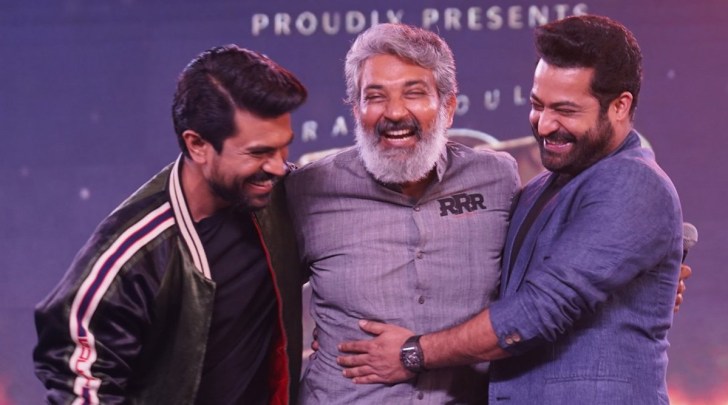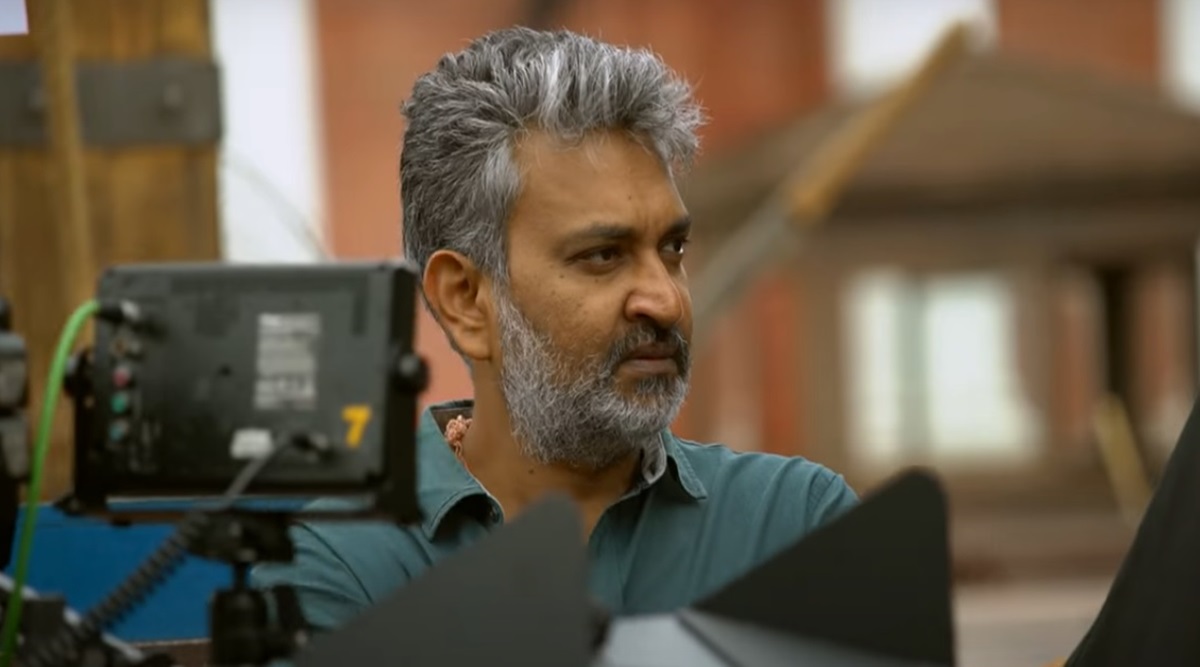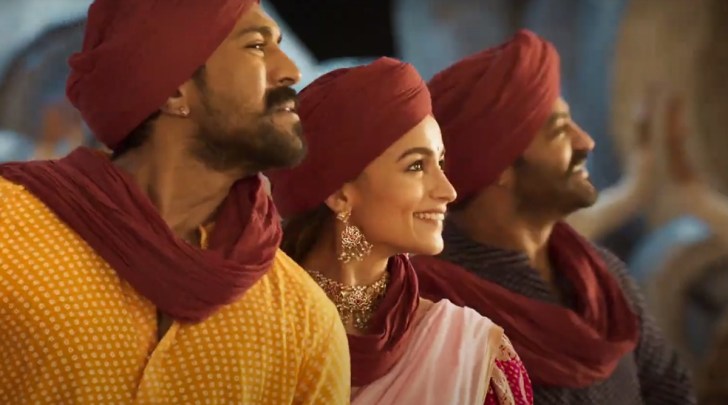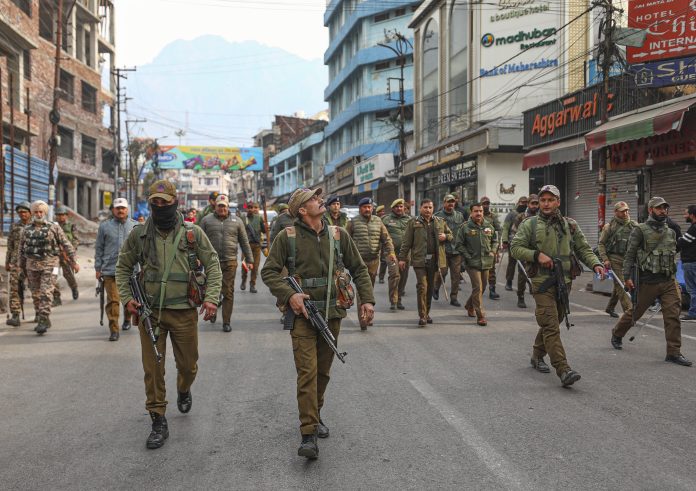|
D |
irector SS Rajamouli’s name
has become synonymous with box office juggernauts. His market value has
multiplied 10X with every film since his debut with Student No 1 in 2001.
People who watch the entertainment industry closely still marvel at the way he
forged a connect with people across a country as diverse as India. “How do you
do that? How do you connect with so many people across the country?,” asked
Bollywood star Aamir Khan with a childlike curiosity and sincerity during the
promotion of RRR in Delhi.
“I learned from Lagaan,” Rajamouli said, ” (that) if I make my story based on basic human emotions, I have a chance to connect with more people.”
If you are aware of Rajamouli’s filmography, then you know it was an honest response from the maker of Baahubali. Rajamouli didn’t say that just to flatter the Bollywood superstar, who was attending the event as the chief guest.
Rajamouli bases his movies on a handful of primal human emotions. Take, for example, his first feature film, Student No 1, which was also the first major hit in Jr NTR’s career. It was about a son who wants to make his father proud at any cost. His second movie Simhadri, with NTR in the lead again, was also about the hero who wants to make a father figure proud. ‘What would papa say?’ is an all-pervasive trope that dictates most of the life choices during our formative years. And that also remains a dominant emotion in almost, if not in all, of our Indian movies to date.
All of Rajamouli’s movies
unapologetically capitalize on society’s conservative image of a heroic man.
And one of the major tropes that his movies rely on is a hero’s sworn duty as a
protector of women’s honour. It was Aditya’s (NTR) efforts to save a girl from
a rapist that landed him in jail in Student No I. In Chatrapathi, the first
time we see Sivaji (Prabhas) showing a sign of revolt against his oppressor is
when the latter passes lewd comments about his friend’s sister. We see Sivaji’s
righteous rage fill up his eyes. His fist is clenched and his triceps swells as
he shows readiness to strike.
Rajamouli’s heroes take their
conventional responsibilities as men very seriously. And that’s one of the
reasons why his movies strike a chord with the masses. When it comes to certain
archetypes, Rajamouli doesn’t show a willingness to experiment. And the
demonstration of the brute force of masculinity is non-negotiable in his
movies. Baahubali’s Avantika, for instance. Even though she is a trained
warrior and battle-ready, Baahubali asks her to stay back at home and let him
(read men) go to work. He takes the mission of saving Devsena off Avantika’s
hands. And off he goes to Mahishmati.
Rajamouli’s imagination is limitless but his methods strictly adhere to the pattern established by mainstream commercial movies. And unlike most masala movies, he doesn’t mindlessly move his narration from one point to another. He turns the confines to his advantage and infuses each scene with a lot of energy. He sticks to the routine but adds something a little extra in each scene for the audience to hold on to. The high point of his narrative style is always the interval scene; he goes all in to rev up emotions. At this point in the movie, no matter how much you despise violence, you are secretly rooting for the hero to hit the villain. And Rajamouli knows that. He knows that the frustration over the hero’s inaction and the villain’s atrocity has built up significantly in our heads, and we would appreciate a moment that helps us to ease our blood pressure. And he delivers and how.
No half measures
Rajamouli is also unapologetic in his vision. When he does something, he makes sure he achieves the best possible version of the idea, even if it looks silly in the hindsight. In Chatrapathi, he shows Prabhas fighting a shark with his hands tied. The animation looks crude, and the shark’s facial expressions are cartoonish. But, the scene surprisingly works. And all because of Rajamouli’s conviction and his firm belief in himself. He knows that he doesn’t have to explain it to critics. He’s only answerable to his producers (when the film doesn’t make enough money, which hasn’t happened yet) and God.
That kind of iron-clad
conviction is what led him to make a movie like Eega. Not every day a director
could wake up with the idea of turning a housefly into a superhero. Rajamouli
made that idea work by simply sticking to the basics. Eega is about a man,
reborn as a fly, trying to protect the girl he loves from an evil man.
Rajamouli doubled down on his attempts at setting familiar stories on a fantasy
plane.
The success of Eega was
followed by Baahubali: The Beginning. It has all the masala elements that he
had perfected over 15 years: rivalry between step-brothers, need to be subject
of mother’s unconditional love, fighting battles in honour of the loved ones,
protecting women’s dignity, and of course, making one’s father feel proud, even
if he has passed into heaven.
Rajamouli has captured a
unique space in Indian cinema. It’s a rarity to find a director who sells more
tickets than the leading stars of a movie. And in that respect, he has
monopolized that space. Take, for example, Prabhas’ last two movies — Saaho and
Radhe Shyam. Even though these movies had a huge opening, they were nowhere
close to the earth-shattering debut of Baahubali: The Conclusion. The 2017
movie opened to the excess of Rs 100 crore at the worldwide box office, which
was a first for Indian cinema.
And don’t be surprised if Rajamouli’s RRR repeats the feat.







No comments:
Post a Comment